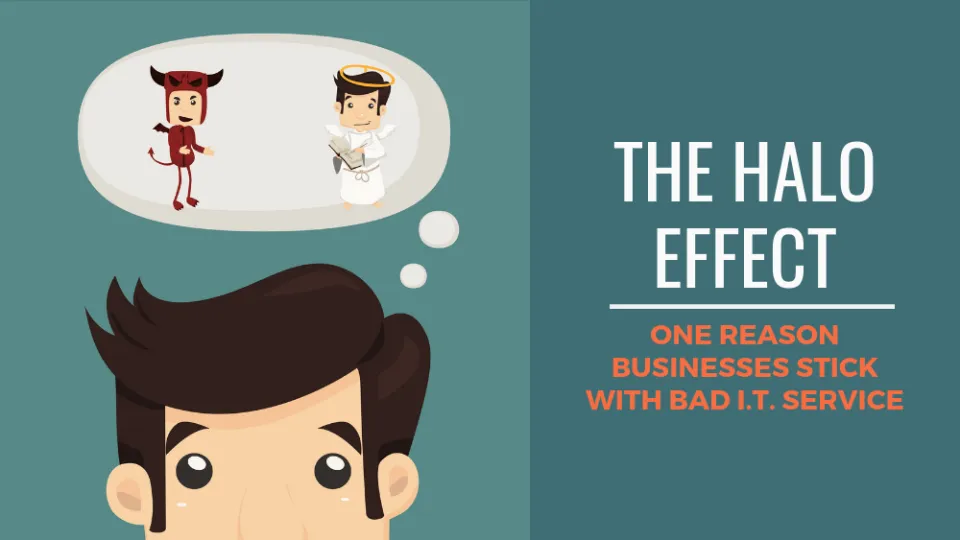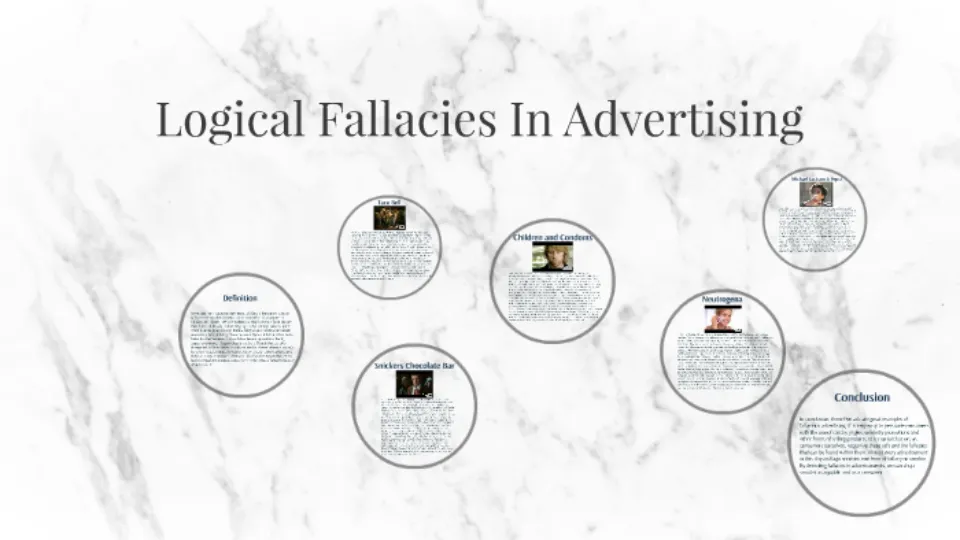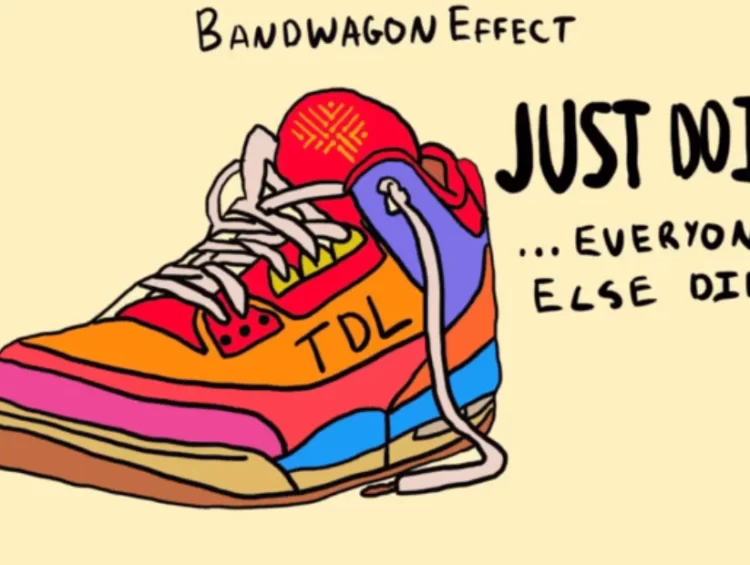A difficult task, making advertisements. It can be difficult to persuade a crowd to purchase your good or service. When marketing to do this, we might occasionally use logical fallacies. Here is everything you need to know about fallacies in advertising.
Due to consumers’ instant access to fact-checking websites, modern advertising is fundamentally different from that of the past.
In this article, we define advertising fallacies, explain why advertisers use them and outline 14 fallacies commonly used in advertising.
Table of Contents
What Are Fallacies in Advertising?
Advertising fallacies are logical flaws that advertisements use to persuade potential customers to buy a product or service. Advertisers may claim that the benefits of their product or service to customers will persuade viewers to buy the product.
It’s possible that this assertion is false or invalid due to logical errors, inconsistencies, or contradictions. Some fallacies might be subtler than others, but when used in marketing, they can be very effective persuasive tools.
10 Examples of Fallacies in Advertising
Many brands use the most common logical fallacies in their ads as a persuading element. In some industries than others, certain fallacies are more prevalent. Ten typical logical fallacies in advertising are listed below.
1. Ad Hominem Fallacy
Ad hominem is a Latin phrase that translates to “against the person”. It is a fallacy in logic that makes rivals appear foolish in an effort to get customers to prioritize the advertiser’s goods or services over those of its rivals. An ad hominem argument appeals to the audience by disparaging a rival, implying that they are less capable, unreliable, or even evil in some cases.
When used in marketing, the ad hominem fallacy is viewed as a strategy to undermine a competitor or a brand rather than attempting to highlight the advantages of the advertiser’s own goods. It was previously heavily utilized by advertisers in a variety of industries. Ad hominem fallacy is now more frequently used in political debates and advertisements.
Let’s examine how one company might attempt to employ the ad hominem fallacy. Consider Corry’s, a well-known tomato ketchup brand, as one that wants to overtake Perpino in market share. Corry’s advertisements emphasize Perpino’s unsustainable practices and use of underpaid labor to obtain raw materials rather than promoting the virtues of its own brand.
Corry’s is making the case that since Perpino is an unethical company, customers should choose Corry’s by employing the ad hominem fallacy.
2. Traditional Wisdom
The traditional wisdom fallacy refers to the practice of suggesting that the ideas and practices that once made sense are still relevant. Advertisers use it to tap into audiences’ fondness for the past and respect for tradition. Things that have endured over time and through multiple generations are valued by people.
The traditional wisdom fallacy is widely used by businesses that are more aligned to selling products and services that have historical origins, such as art, culture, and traditional courses. It’s also common in the hospitality industry.
For instance, some yoga studios claim to be the best in the industry by highlighting their long history and accumulated wisdom. This appeals to the customers’ sense of nostalgia and history.
3. Halo Effect

The halo effect boosts public perceptions of new products by drawing attention to a brand’s well-known successful products. People are misled into thinking that just because a new product hasn’t been tried or tested yet, it must be the best on the market.
This fallacy is frequently used by advertisers to persuade consumers to buy extra or unrelated goods or services as a result of the brand’s success.
If a well-known automaker introduces a new line of vans, the marketing department may run a campaign praising its history of producing high-quality vehicles and urging consumers to purchase the vans on the basis of that. This is true despite the lack of proof that the vans are superior to those created by craftsmen with more expertise.
4. Appeal to the People
When an argument leans more toward what the majority of people believe to be true or simply value more than what experts suggest, it is said to be using the appeal to the people fallacy.
This fallacy is used by many companies to gain new customers by using customer reviews. It is extensively used by marketers for various brands in a variety of industries. For instance, a furniture business may assert that it is the best furniture manufacturer in the industry due to its superior online reputation.
5. False Dilemma Fallacy
Using an either-or scenario in an advertisement to create a false dilemma is known as the false dilemma fallacy. Typically, it makes the advertiser’s product appear superior by contrasting it with the few available options in the market. It convinces people to think they might be missing the best option if they try any other product.
Additionally, by narrowing the range of available options, the false dilemma fallacy persuades customers to select the advertiser’s goods. False dilemmas can encourage a customer to accept less by applying pressure. This strategy is employed by advertisers from various industries.
The false dilemma fallacy is illustrated by an advertisement for a real estate firm that claims to be the only one in New York offering the safest apartment options for recent immigrants.
6. Appeal to Authority
Industry experts promoting the advertiser’s products are referred to as the authority. When products or services are endorsed by professionals in the field, consumers are more likely to believe them. In order to appeal to this consumer behavior, some advertisements portray experts as professionally attired actors, while others use actual experts to deliver their message.
In advertisements that employ the appeal to authority strategy, people in business attire give reasons why viewers should use a specific product. These ads commonly include the name or image of an expert implying that they have approved the message displayed.
The health and beauty sector uses the appeal to authority fallacy more frequently, but sports apparel companies also heavily employ this strategy when promoting their products by including authoritative figures.
An illustration of this fallacy would be a toothpaste brand advertisement in which a person dressed as a dentist explains the benefits of their toothpaste and why it is superior to other brands.
As another illustration of this fallacy, consider how many companies use real experts to endorse particular goods and services online.
7. Scare Tactics
Scare tactics emphasize the use of fear to increase sales. This fallacy usually draws attention to situations and surroundings that pose a serious threat to the target customer’s surroundings. It then suggests a particular good or service can help them avoid the risk. The strategy works by leading people to believe they are in danger even in the absence of a compelling argument.
The majority of the time, scare tactics are used in advertisements by security, insurance, and pharmaceutical companies. Other industries do, however, also use it frequently.
The message in an advertisement for a weight loss supplement, for instance, emphasizes the dangers of serious illnesses and other health risks that a BMI that is higher than average poses. This is followed by an assertion that anyone using the supplement to lose weight can easily avoid the risks.
Similar to this, an insurance company may employ this strategy in their advertisement by emphasizing various scenarios that devastate a person’s wealth and making the case that insurance is the only way to prevent such a catastrophe.
8. Appeal to Emotions
The purpose of the fallacy known as the appeal to emotions is to elicit an emotional reaction from the audience. It’s a tried-and-true marketing strategy that can be used in various ad campaigns alone or in combination with other myths.
Ads that use the emotional appeal fallacy frequently present information that makes the audience feel a certain way, such as enthusiasm, rage, excitement, or sympathy, in order to persuade them to purchase a product. This fallacy is frequently used in advertisements for various goods and services across numerous industries.
A native advertisement for a fashion brand that features images of underprivileged kids and promises to donate $3 from each purchase to worthwhile causes is an illustration of how to appeal to consumers’ emotions. It solicits customers’ sympathy and persuades them to buy.
9. Hasty Generalization
The hasty generalization fallacy involves making advertisements that use data sets to draw generalizations. The data sets are frequently incomplete in this situation, and the conclusion is reached without taking variables into account.
It might be used to exaggerate a claim regarding a product or service without providing any supporting data. Advertising should be very cautious when using this strategy because information is more readily available today.
An illustration of a hasty generalization would be a sports brand mentioning that an Olympic swimmer was wearing their goggles while winning a gold medal and inferring that their product was to blame for the result.
10. Red Herring
The red herring fallacy draws attention to a piece of unrelated information about a rival, highlighting its flaws. Many times, these flaws are unrelated to the goods or services offered by the competition. The red herring fallacy is frequently used by advertisers to draw attention away from important talking points by presenting a piece of unrelated information.
Let’s say, for example, that rival clothing company Figoto only recently started using environmentally friendly materials, despite claims made by Zampu that it has been doing so for a long time. Although both fashion labels now offer eco-friendly clothing, Zampu employs the red herring fallacy to draw attention to a less important feature that distinguishes their brand from that of their competitors.
You Might Also Like: Design Principles in Advertising
Why Do Advertisers Use Fallacies?

To leave a lasting impression on potential customers, advertisers will rely on common logical fallacies. Statistical arguments, the voice of reason from a figurehead, or brand comparisons to increase product recall are all examples of fallacies.
These fallacies are used by marketers to elicit favorable responses from consumers, turning them into buyers and subscribers.
Customers may feel more informed and in control of their purchases when reading about advertising fallacies.
Are Fallacies in Advertising Effective?
As we’ve already mentioned, despite the questionable morality of using logical fallacies in advertising, they do have the power to launch an ad campaign into stardom. In the late 2000s, if you used the internet or watched television, there’s a good chance you saw Apple’s Get a Mac advertisement.
What ended up being one of Apple’s most effective advertising campaigns (it raised Mac sales by over 30% and even won an award) was actually full of falsehoods, and it didn’t even try to cover them up.
Final Words on Fallacies in Advertising
Now that we’ve taken a look at some ads and commercials with fallacies, you probably have a better grasp of their effectiveness.
Although they shouldn’t be your campaign’s primary means of persuasion, if used effectively, they can help you draw in more potential customers. To make your ads more persuasive, it is still preferable to stick to some more powerful rhetorical strategies.
Read More: Franchise Advertising





